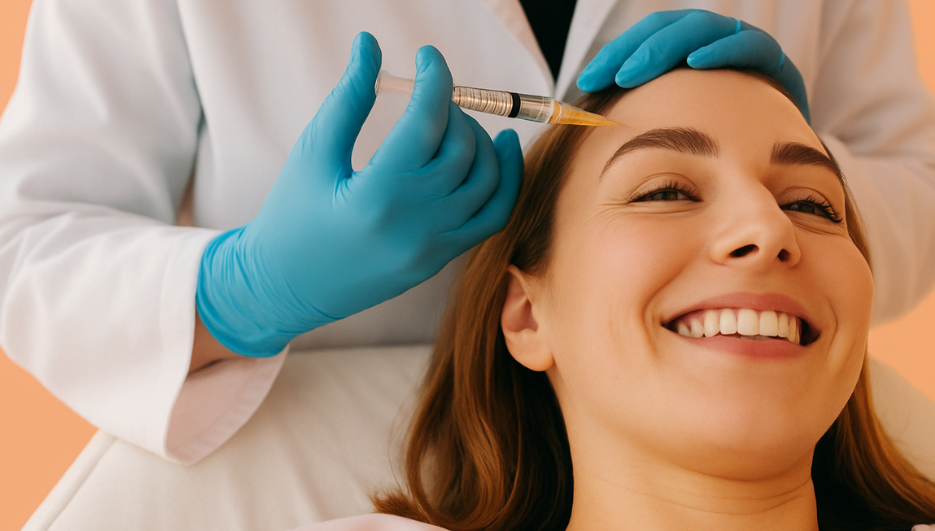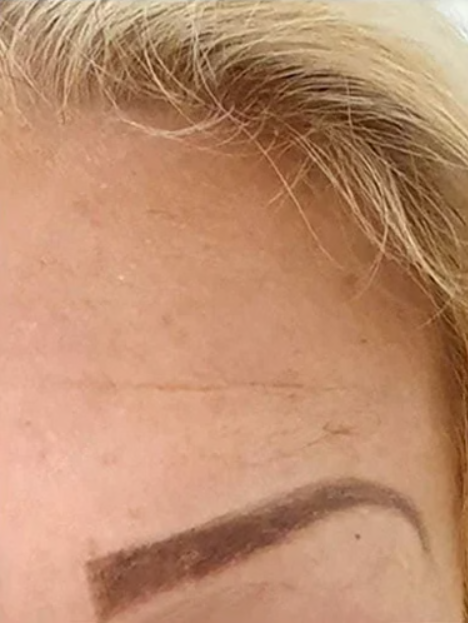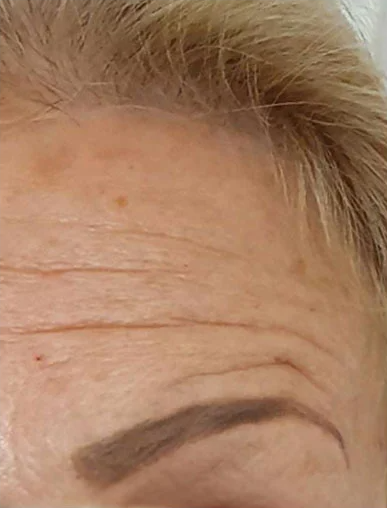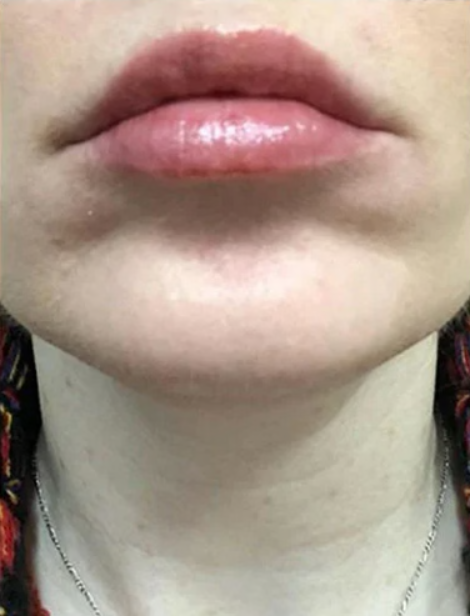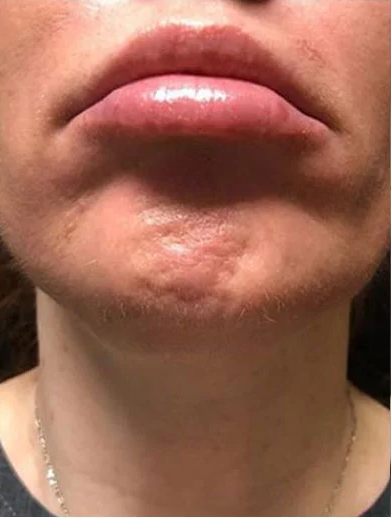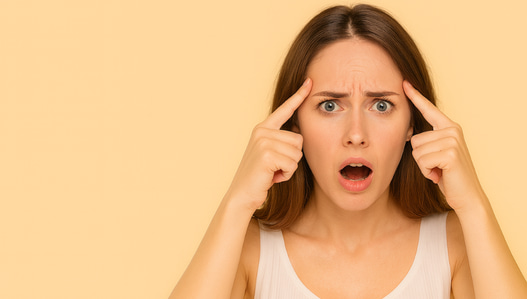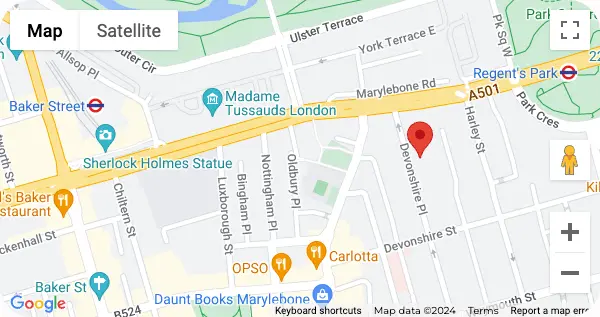Introduction
Migraines are not simply bad headaches. They are a distinct type of neurological condition that limits a person’s ability to carry out daily actions and, in many cases, compromises their quality of life. This condition is defined as having 15 or more headache days per month, with at least eight of those being migraines, and can be challenging to control with common medicines alone.
Botox, typically thought of for cosmetic purposes, has been shown to be effective as a preventative treatment for migraines. Botox is now available throughout the UK and approved by the MHRA for patients who have not responded to oral medicines or other conventional treatments.
Understanding Chronic Migraines
Chronic migraines refer to a continuous or frequent attacking headache, which is usually with nausea, vomiting, sensitivity to light and sound or visual disturbance. The bouts can range from four hours to days.
Prevalence in the UK
More than 10 million people in the UK are believed to suffer from migraines with many left suffering from chronic forms. Chronic migraine primarily affects women and has early onset during adulthood.
Traditional Treatment Methods
Current solutions include triptans, nonsteroidal anti-inflammatory medicines, beta-blocking agents, antiepileptics and lifestyle modification. Unfortunately, many patients find these treatments to be ineffective, or drive side effects, and alternative mechanisms such as Botox have garnered some attention.
What is Botox and How Does It Work?
Botox is a refined strain of botulinum toxin type A. It acts by paralyzing and blocking the release of specific neurotransmitters responsible for muscle contraction and pain signal transmission.
Mechanism of Action in Migraine Prevention
In migraine treatment, these muscles are injected directly into the head and neck area. By blocking the secretion of pain neurotransmitters and relaxing muscles, it blocks the activation of pain pathways.
Duration of Effectiveness
Relief following the procedure typically lasts around 12 weeks. For long- term efficacy, sessions are administered at fixed three-month intervals.
Eligibility Criteria for Patients
Botox is for adults with chronic migraines who have headaches for 15 or more days a month. Patients have to have made three unsuccessful attempts at other types of preventive medication in order to qualify under NHS guidelines.
Injection Sites and Number of Injections
The treatment consists of 31 injections in seven locations of the head namely the forehead, temples, back of the head, upper neck and shoulders. Each site is injected with a low dose of Botox, distributed to ensure full coverage of the target area.
Duration of the Procedure
The therapy generally requires about 15 minutes. It is carried out in the clinic and without anesthesia.
Recovery and Aftercare
The majority of patients return to their routine activities the same day of the treatment. There may be some soreness or bruising at the injection site, though this usually resolves within a few days. The patient is instructed not to exert himself or herself for the remainder of the day.
Clinical Trial Results and Statistics
Studies have found that Botox can reduce monthly headache days by half. Results of the PREEMPT (Phase III REsearch Evaluating Migraine Prophylaxis Therapy) studies showed patients had an average of eight to nine fewer headache days per month following two treatment cycles.
Patient Testimonials and Case Studies
Many patients experience significant reductions in migraine frequency, intensity, and duration. A number of patients also have decreased reliance on their oral medicines, which can help to provide some protection from overuse headaches.
Timeframe to Observe Improvements
Some early results can be seen after the first session, normally within four to six weeks. The response to treatment is maximum by the second or third cycle.
Effective & professional doctor-led Botox for Migraines at our central London clinic
Verified Before & After
Verified Before & After
Common Side Effects
The most often observed side effects are neck pain, headache and mild weakness of the facial muscles. These effects are typically transient and dissipate without treatment.
Rare but Serious Risks
Rare complications include muscle weakness in areas distant from the injection site, difficulty swallowing, or allergic reactions, problems swallowing, or an allergic reaction. Mechanical problems are rare in the hands of experienced practitioners.
Precautions and Contraindications
Botox is contraindicated in persons with neuromuscular conditions, infections at the proposed injection sites and known hypersensitivity to botulinum toxin. Before beginning treatment, a complete medical history should be examined.
Average Cost Range (£335–£950 per Session)
In independent clinics, treatment costs can range from £335 to £950 per session, depending on the location of the clinic, the experience of the practitioner and quantity in units injected.
Availability on the NHS vs. Private Clinics
Botox for chronic migraines can be prescribed on the NHS, but only under very specific circumstances. These treatments require a referral to a neurologist and documented failure of multiple other therapies.
Insurance Coverage and Reimbursement Options
A few private insurance plans will pay a portion of the cost of Botox for chronic migraine if it is medically warranted. Patients should check with their provider to see if they qualify and what pre-authorization is required.
FAQs About Botox for Migraines
- Does Botox for Migraines Change Your Facial Appearance?
No. When given for migraine prophylaxis, Botox hits muscular points involved in pain paths, not the locations that produce facial expressions.
- Where Are the Injections Administered?
Injections are administered along the forehead, temples, upper neck, and shoulders.
Botox usually lasts for 12 weeks. Treatments must be repeated every three months to maintain ongoing results.
- Can I Combine Botox with Other Migraine Treatments?
Yes. Botox can also be combined with other therapies such as oral preventatives or lifestyle changes. However, this must be done under a doctor’s supervision to ensure it is safe and effective.
Conclusion
Botox is now an evidence-based approach to controlling chronic migraines, particularly in the set of patients for whom traditional therapeutic interventions were ineffective. It is a valuable therapeutic resource considering that it has demonstrated the ability to decrease the frequency of pain and increase the quality of life as part of a structured and clinically supervised treatment plan.
Patients with migraines considering Botox should consult with a clinician to see if this treatment is right for them, the possible benefits and risks.
Summary Box Content (Above the Fold)
Quick Facts: Botox for Migraines
- Purpose: Prevent chronic migraine headaches.
- Procedure Duration: Approximately 15 minutes.
- Injection Sites: Forehead, temples, back of the head, neck, and shoulders.
- Frequency: Every 12 weeks.
- Cost in the UK: £335–£950 per session.
- NHS Availability: Available for eligible patients.
Reserve a botox appointment
One of our experts will be more than happy to answer any questions you have.
Book AppointmentDr Hasib Ur-Rub
★★★★★
The best
22nd November 2025
Emma Ashwood
★★★★★
Very informative.
21st November 2025
Harriet Steel
★★★★★
I had a fantastic experience at the Harley Street Skin clinic - everyone was super helpful and constructive
28th November 2025



